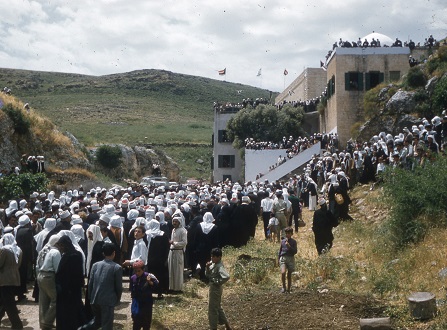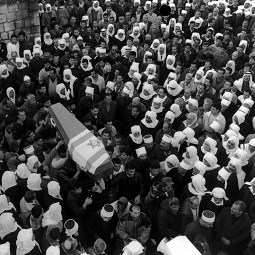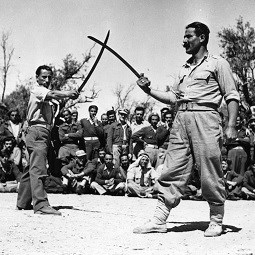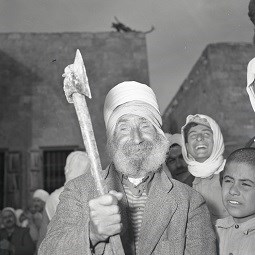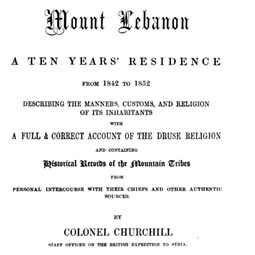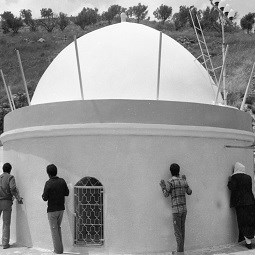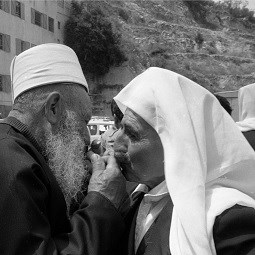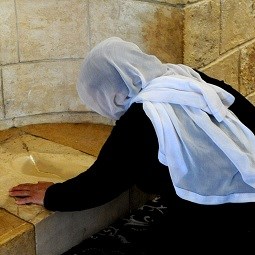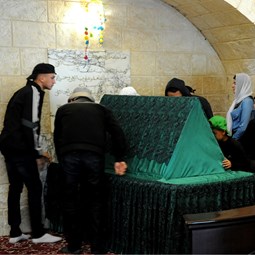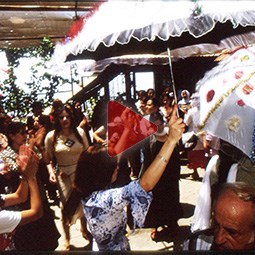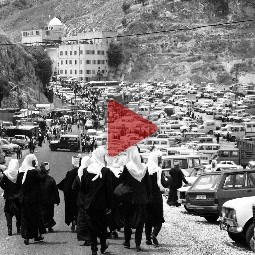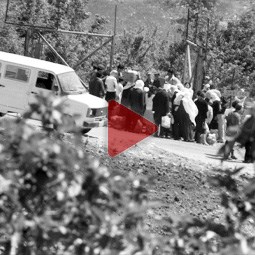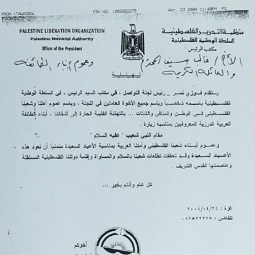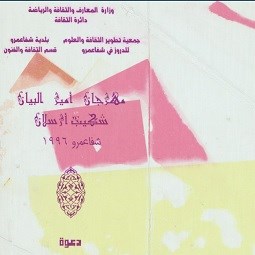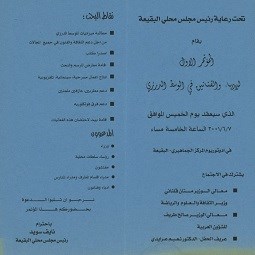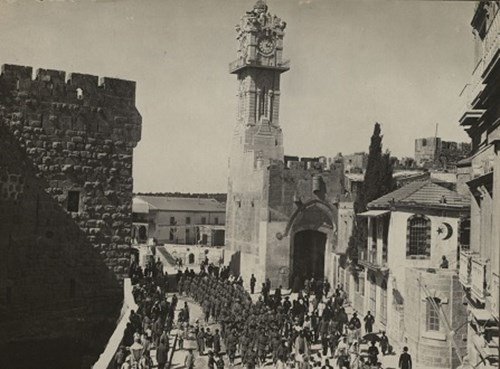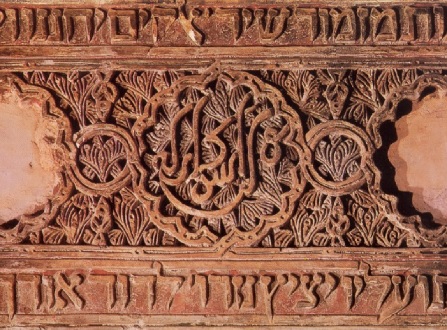Druze
The Druze are an Arabic-speaking ethno-religious group that began to take form in Egypt in the 11th century. Approximately a million and a half Druze can be found across the globe, the majority in the Middle East. The largest Druze communities reside as minorities in Syria, Lebanon and Israel.
According to historical accounts, the first Druze disciples splintered off from Shia-Isma'ili Islam in the year 1017. From that point and until the year 1043, the community welcomed new followers, but the gates were then shut. Afterwards, all new followers had to be born to Druze parents. According to Druze tradition, the religion actually dates back to ancient times, with the mid-11th century being a temporary period during which newcomers were welcomed.
The word "Druze" is derived from one of the first proponents of the religion, Muhammad bin Ismail Nashtakin ad-Darazi.
The Druze in Israel
The Druze arrived in the Land of Israel during several immigration waves, beginning as early as the 11th century, and continuing periodically until the 20th century. When the State of Israel was established, approximately 15,000 Druze resided in the country. In late 2021, the Druze population in Israel was estimated at 150,000 people, or about 1.6% of the population. Israel recognizes the Druze as an independent religious community, and their religious judicial system is acknowledged as well. The majority of Druze reside in the Carmel region, the Galilee and the Golan Heights. The largest Druze settlements are Daliyat al-Karmel and Yarka.
The Druze in Israel have contributed immensely over the years to the country's development and security. Druze have been assimilated into Israel's political, military, social and economic arenas, while preserving their own unique culture and religion.
The National Library of Israel safeguards many historical artifacts, incorporating antique and rare manuscripts pertaining to Druze heritage and history. These items elucidate the cultural, religious and social aspects of the society. One of these relics is a collection of poems by the notable Shi'ite Arab poet Sharif al-Radi, from the 10th century. The compilation was copied for a Druze nobleman who ruled southern Lebanon and northern Israel in the late 16th and early 17th centuries. Moreover, the Library has accumulated numerous books, editorials, studies, photographs, posters, maps and newspaper articles that relay the history of Druze society over the generations.

 Sign in with Google
Sign in with Google
 Sign in with Facebook
Sign in with Facebook
